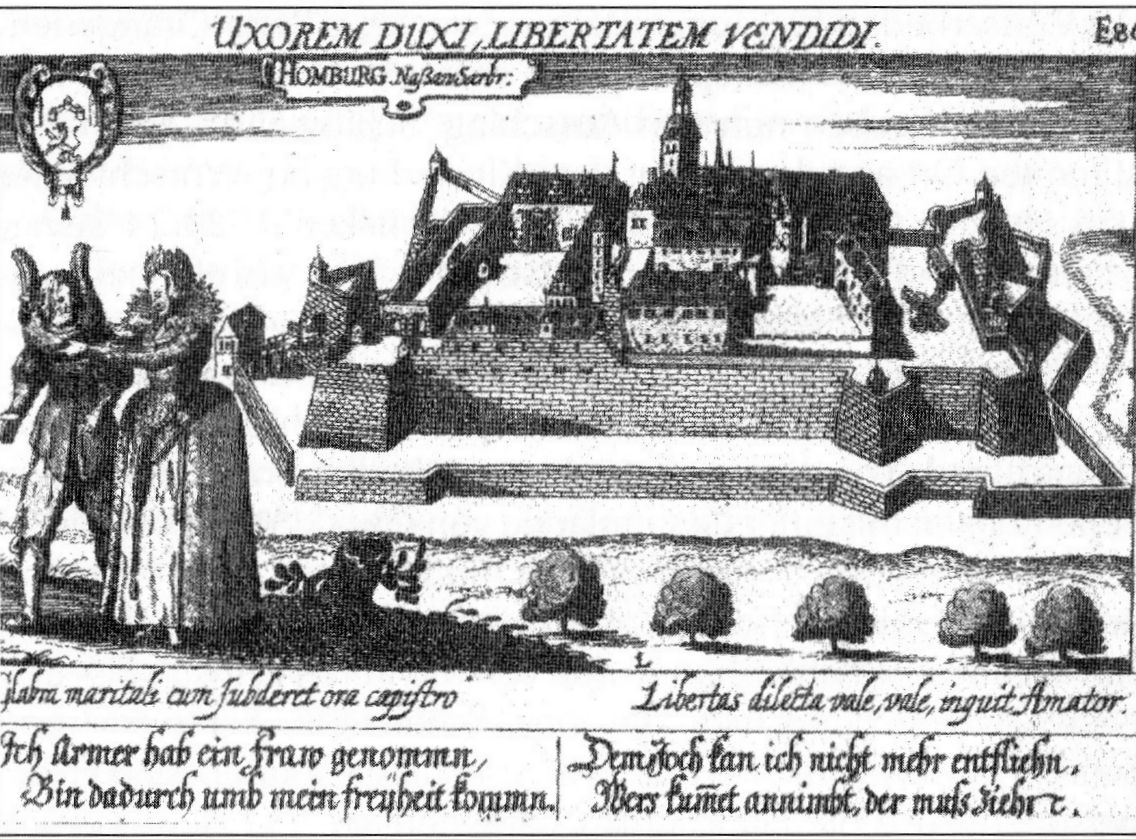|
Schloss Jägersburg
Schloss Jägersburg ( en, Jägersburg Palace) was a palace in Jägersburg, part of Homburg in the Saar-Palatinate (Saarpfalz) district, Germany. Constructed in the 18th century, it was the favourite hunting lodge of Christian IV, Duke of Zweibrücken. It was destroyed during the French Revolutionary Wars, and its last remains were demolished at the start of the 19th century. Today, nothing remains of one of the first neoclassical palaces in Germany. History Already in the 16th century, the dukes of Zweibrücken were hunting in the area of Jägersburg. The centre of the hunt was a medieval castle, which is currently named ‘Gustavsburg.’ In 1750, the French king Louis XV (1710-1774) received duke Christian IV of Zweibrücken (1722-1775) in his Palace of Versailles. During his visit, Christian developed a long-live friendship with the king, as well as with Madame de Pompadour (1721-1764) . The duke was granted an apartment in the palace of Versailles. In addition, th ... [...More Info...] [...Related Items...] OR: [Wikipedia] [Google] [Baidu] |
Jacques Hardouin-Mansart De Sagonne
Jacques Hardouin-Mansart de Sagonne (26 July 1711, Paris - 27 September 1778, Paris) was a French architect. He was the illegitimate son of Jacques Hardouin-Mansart, comte de Sagonne, by his mistress Madeleine Duguesny - Jacques and Madeleine married in 1726. Jacques junior's elder brother was the architect Jean Mansart de Jouy (1705-1783), whilst he was also the grandson of Jules Hardouin-Mansart, great-great-great nephew of François Mansart and great-nephew of Robert de Cotte Robert de Cotte (1656 – 15 July 1735) was a French architect-administrator, under whose design control of the royal buildings of France from 1699, the earliest notes presaging the Rococo style were introduced. First a pupil of Jules Hard .... External links *http://fr.structurae.de/persons/data/index.cfm?ID=d002995 {{DEFAULTSORT:Sagonne, Jacques Hardouin-Mansart de category:18th-century French architects category:Architects from Paris category:1711 births category:1778 deaths ... [...More Info...] [...Related Items...] OR: [Wikipedia] [Google] [Baidu] |
Homburg, Saarland
Homburg (; french: Hombourg, pfl, Humborch) is a town in Saarland, Germany and the administrative seat of the Saarpfalz district. With a population of 43,029 inhabitants (2022), it is the third largest town in the state. The city offers over 30,000 workplaces. The medical department of the University of Saarland is situated here. The city is also home to the Karlsberg beer brewery. Major employers include Robert Bosch GmbH, Schaeffler Group and Michelin. Geography Homburg is located in the northern part of the Saarpfalz district, bordering Rhineland-Palatinate. It is 16 km from Neunkirchen and 36 km from Saarbrücken. The city districts are situated in the Blies valley or on its tributaries Erbach, Lambsbach and Schwarzbach. Homburg is composed of Homburg center and nine city districts: Beeden, Bruchhof-Sanddorf, Einöd, Erbach, Jägersburg, Kirrberg, Reiskirchen, Schwarzenbach and Wörschweiler. Einöd includes: Einöd, Ingweiler and Schwarzenacker; ... [...More Info...] [...Related Items...] OR: [Wikipedia] [Google] [Baidu] |
Former Palaces In Germany
A former is an object, such as a template, gauge or cutting die, which is used to form something such as a boat's hull. Typically, a former gives shape to a structure that may have complex curvature. A former may become an integral part of the finished structure, as in an aircraft fuselage, or it may be removable, being using in the construction process and then discarded or re-used. Aircraft formers Formers are used in the construction of aircraft fuselage, of which a typical fuselage has a series from the nose to the empennage, typically perpendicular to the longitudinal axis of the aircraft. The primary purpose of formers is to establish the shape of the fuselage and reduce the column length of stringers to prevent instability. Formers are typically attached to longerons, which support the skin of the aircraft. The "former-and-longeron" technique (also called stations and stringers) was adopted from boat construction, and was typical of light aircraft built until the ... [...More Info...] [...Related Items...] OR: [Wikipedia] [Google] [Baidu] |
Castles In Saarland
A castle is a type of fortification, fortified structure built during the Middle Ages predominantly by the nobility or royalty and by Military order (monastic society), military orders. Scholars debate the scope of the word ''castle'', but usually consider it to be the private fortified house, fortified residence of a lord or noble. This is distinct from a palace, which is not fortified; from a fortress, which was not always a residence for royalty or nobility; from a ''pleasance'' which was a walled-in residence for nobility, but not adequately fortified; and from a fortified settlement, which was a public defence – though there are many similarities among these types of construction. Use of the term has varied over time and has also been applied to structures such as hill forts and 19th-20th century homes built to resemble castles. Over the approximately 900 years when genuine castles were built, they took on a great many forms with many different features, although s ... [...More Info...] [...Related Items...] OR: [Wikipedia] [Google] [Baidu] |


